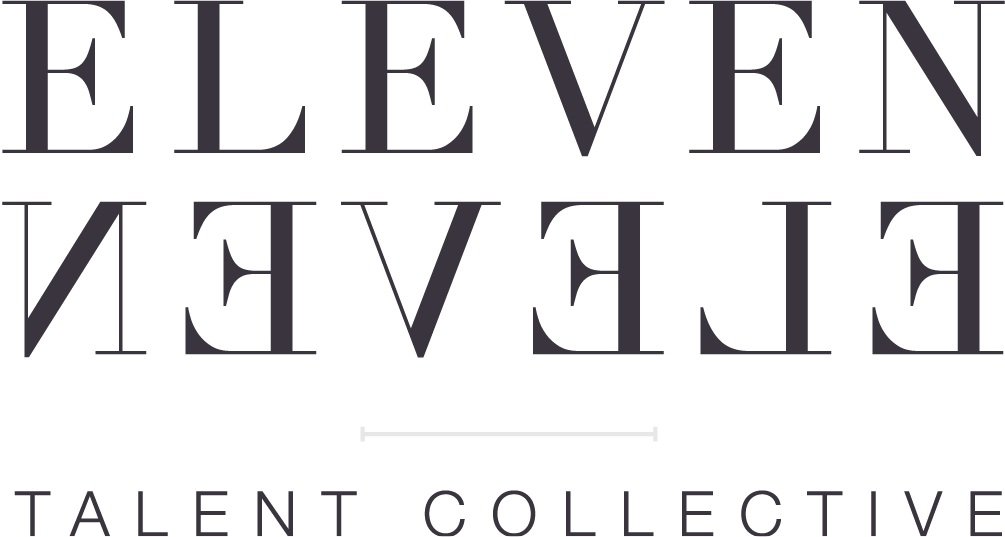Neurodiversity in the Workforce: What you need to know and how to implement.
In today’s workplace, diversity is more than a buzzword—it’s a strategic advantage. While their have been many strides made in gender, race, and age inclusivity, neurodiversity often remains overlooked. Neurodivergent individuals—those with conditions such as autism, ADHD, dyslexia, and other cognitive differences—bring unique perspectives and valuable skills to the table. However, traditional hiring practices can unintentionally create barriers, preventing these candidates from fully showcasing their potential.
We're exploring actionable strategies to help hiring managers and HR teams build more inclusive hiring processes that accommodate neurodivergent candidates, ultimately enriching the workplace with diverse talents.
1. Understand Neurodiversity and Its Value
The first step in creating an inclusive hiring process is to understand what neurodiversity means. Neurodiversity encompasses a range of cognitive differences, including autism, ADHD, dyslexia, dyspraxia, and others. Neurodivergent individuals often possess unique strengths, such as creativity, attention to detail, analytical thinking, and problem-solving abilities. Recognizing these talents is crucial to appreciating the value they can bring to an organization.
2. Rethink Job Descriptions and Requirements
Standard job descriptions often emphasize criteria that may not be relevant to the actual role, such as the ability to multitask or possess strong verbal communication skills. These criteria can inadvertently exclude neurodivergent candidates who may not excel in these areas but have the required core competencies.
To be more inclusive:
Focus on core competencies: Highlight the essential skills and qualifications needed for the role rather than vague or non-essential qualities.
Use clear, simple language: Avoid jargon, acronyms, or complex wording that can be challenging for neurodivergent candidates to interpret.
3. Make the Application Process Accessible
Traditional application processes can be overwhelming or inaccessible to neurodivergent candidates. Consider these strategies to create a more inclusive experience:
Offer alternative application methods: Provide options for video submissions, work samples, or a portfolio instead of solely relying on resumes.
Simplify online forms: Ensure that your application forms are straightforward and easy to navigate. Include clear instructions and allow for additional time if needed.
Communicate expectations clearly: Clearly outline the steps, timelines, and expectations throughout the hiring process to reduce uncertainty.
4. Revamp the Interview Process
Interviews are often the most challenging part of the hiring process for neurodivergent candidates. Traditional interviews tend to prioritize social skills, body language, and quick thinking—areas where some neurodivergent individuals may not excel, despite being highly qualified for the job.
To make interviews more inclusive:
Use structured interviews: A structured interview with a standardized set of questions allows all candidates to be assessed fairly and minimizes bias.
Provide interview questions in advance: Offering questions ahead of time can help candidates prepare and alleviate anxiety. We have clients currently provide all candidates interview questions 48 hours ahead of interview time and allowing for extend review time if needed.
Allow for alternative formats: Consider written or task-based interviews that allow candidates to demonstrate their skills directly rather than relying solely on verbal communication.
Be mindful of sensory sensitivities: Make accommodations for candidates with sensory sensitivities by offering virtual interviews, ensuring a quiet and well-lit room, or allowing for breaks during longer interviews.
5. Train Hiring Teams on Neurodiversity Awareness
Inclusive hiring starts with awareness. Train your hiring managers, interviewers, and HR staff on neurodiversity, including understanding different neurodivergent conditions, recognizing biases, and developing empathy. Awareness training can help teams understand the value neurodivergent candidates bring and how to best accommodate their needs.
6. Create a Supportive Onboarding Process
A well-structured onboarding process is critical to ensuring neurodivergent hires feel welcomed and supported from day one.
Provide clear documentation: Offer clear, concise documentation outlining company policies, team roles, and expectations.
Assign a buddy or mentor: Pair new hires with a peer buddy or mentor who can help them navigate their new environment and answer questions.
Allow flexibility: Recognize that neurodivergent employees may need adjustments, such as flexible work hours, quiet spaces, or the ability to work remotely.
7. Solicit Feedback and Iterate
Inclusivity is not a one-time effort. Regularly solicit feedback from neurodivergent employees and candidates about their experience with your hiring process. Use this feedback to identify areas for improvement and make necessary adjustments to your practices.
8. Promote a Culture of Inclusion
An inclusive hiring process is only as effective as the culture it feeds into. Foster a culture of inclusion where neurodivergent employees feel valued and supported. Celebrate diverse talents, encourage open communication, and create opportunities for all employees to thrive.
Partner with Us to Build an Inclusive Workforce
At Eleven Eleven, we are dedicated to helping organizations find the right talent while promoting inclusive hiring practices that support neurodivergent candidates. We partner with companies to understand their unique needs, provide guidance on inclusive job descriptions and interview processes, and ensure they have the tools and training to create an accommodating workplace.
If your organization is committed to creating a diverse and inclusive workforce, we’d love to partner with you.
Ready to make inclusive hiring a priority? Contact us today to learn how we can support your organization in finding aligned talent and building a workplace where everyone can thrive.
Embrace neurodiversity—unlock the full potential of your workforce!

